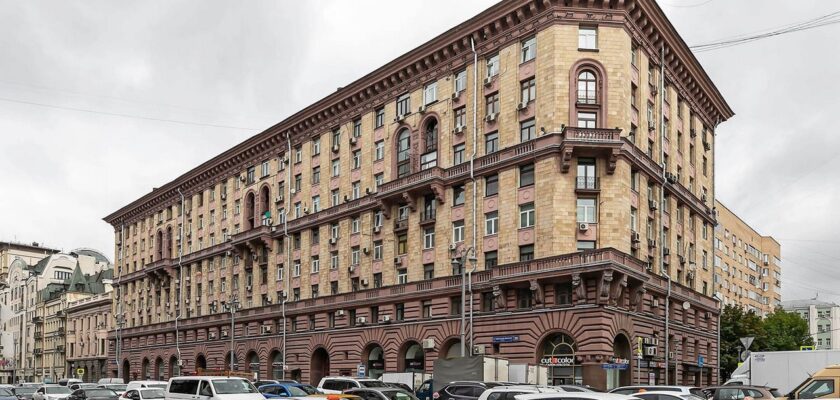Tverskaya Street
Tverskaya Street connects Triumfalnaya Square and Red Square. It is one of the places where the bulk of Moscow’s historical and cultural heritage is concentrated. Tverskaya Street is considered the most “parade” and “expensive” not only in the capital, but also in Russia. Its length is 1.6 kilometers.
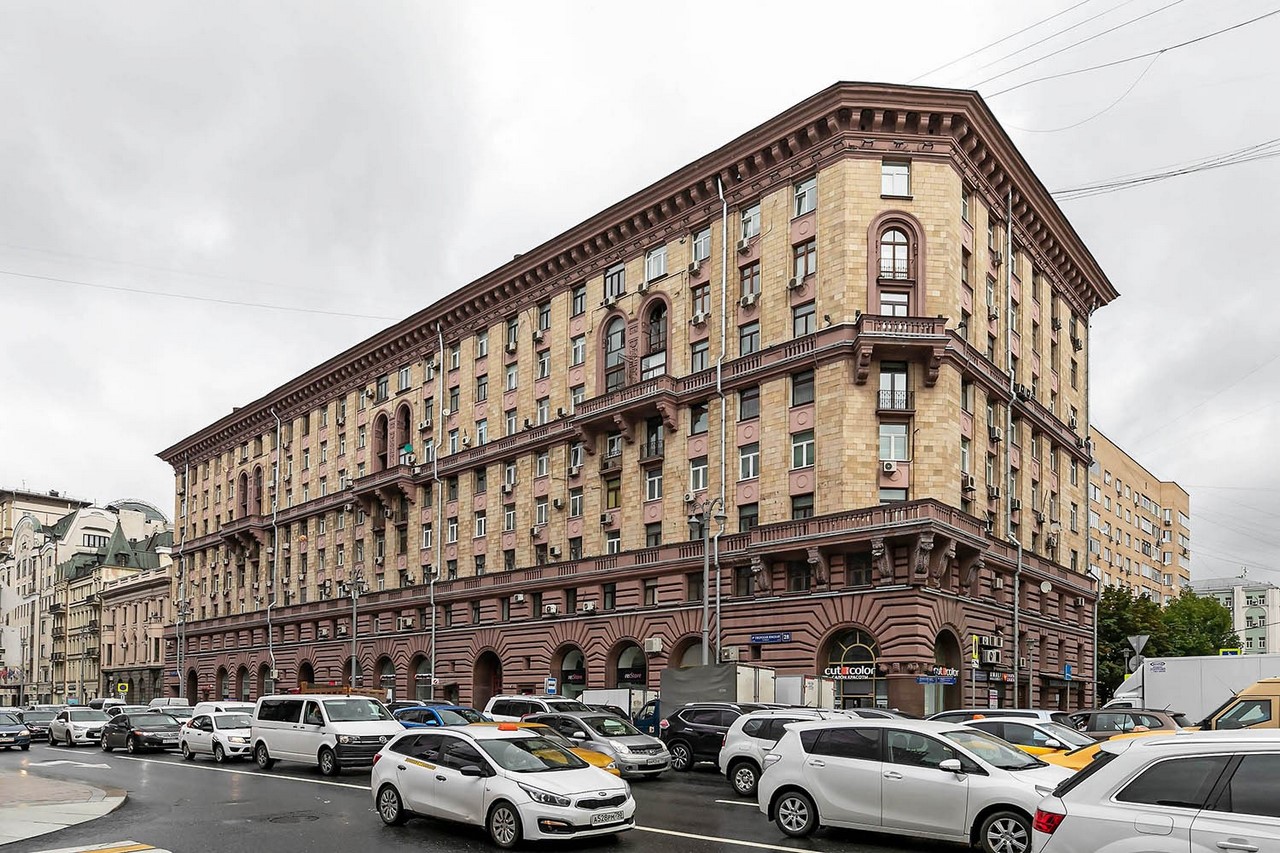
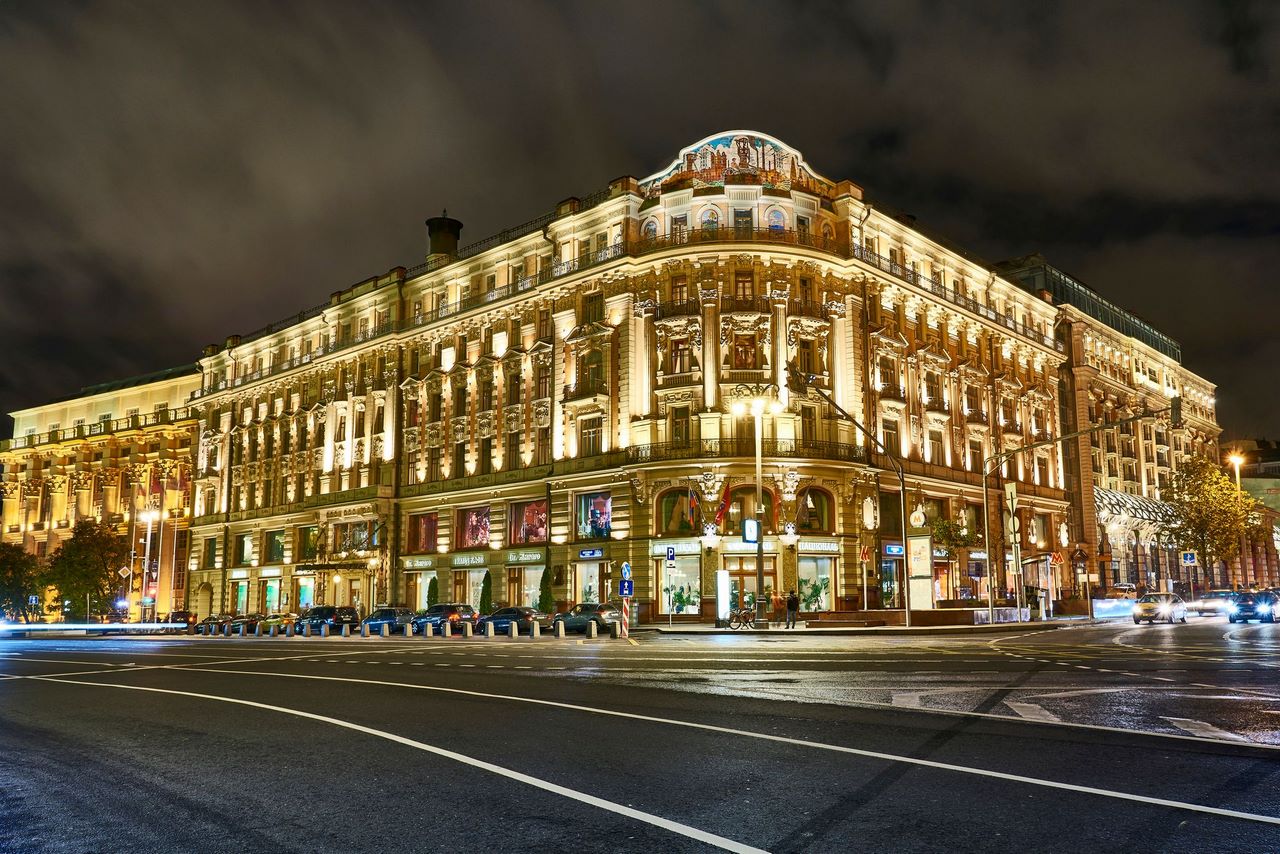
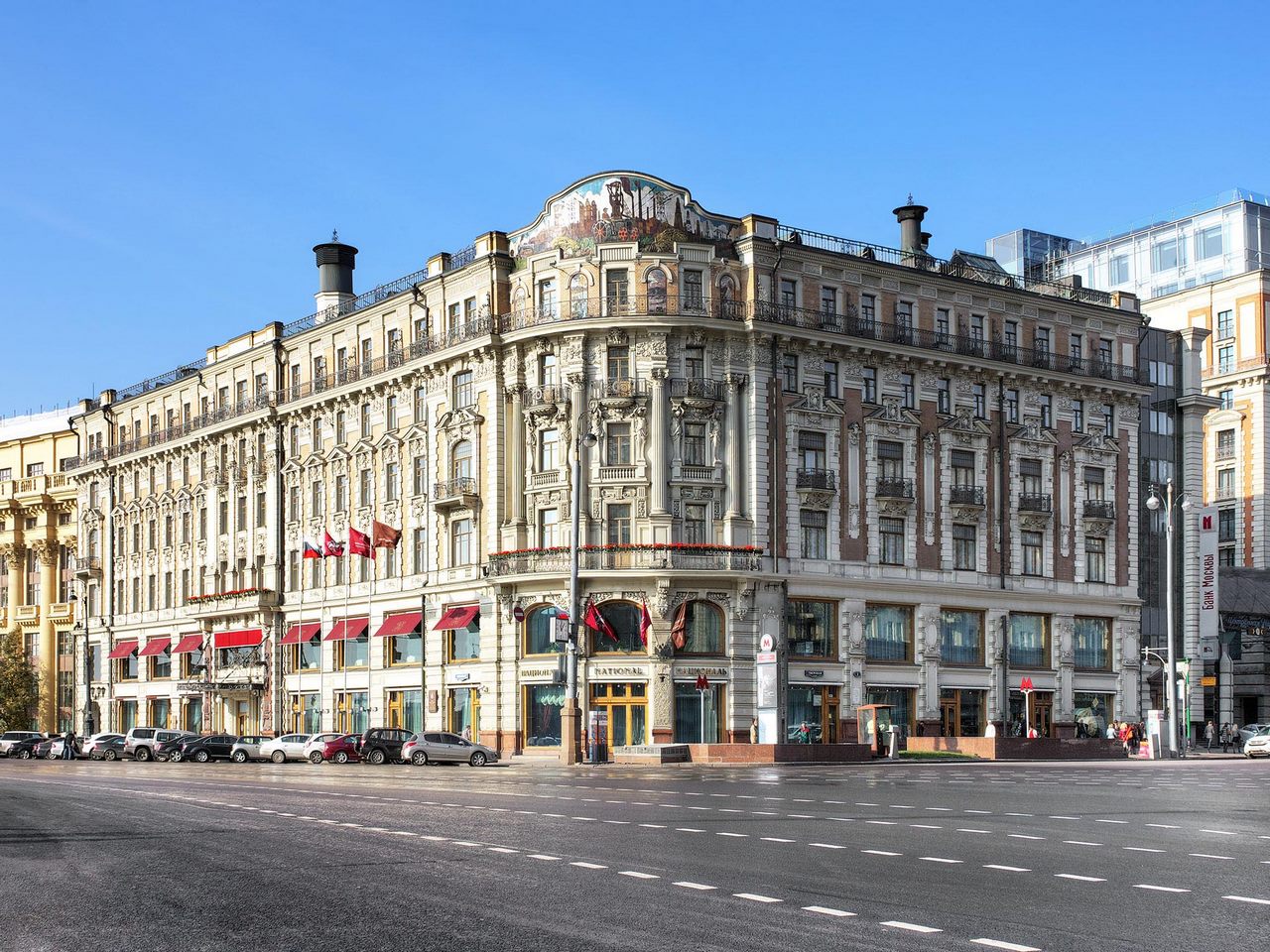
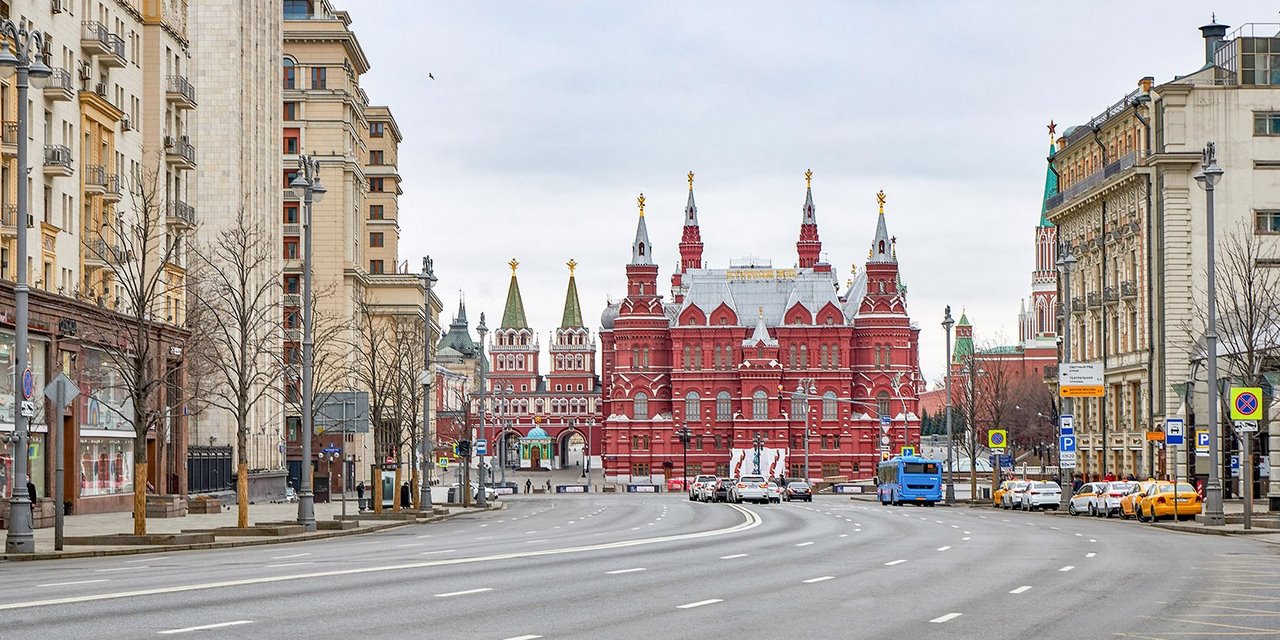
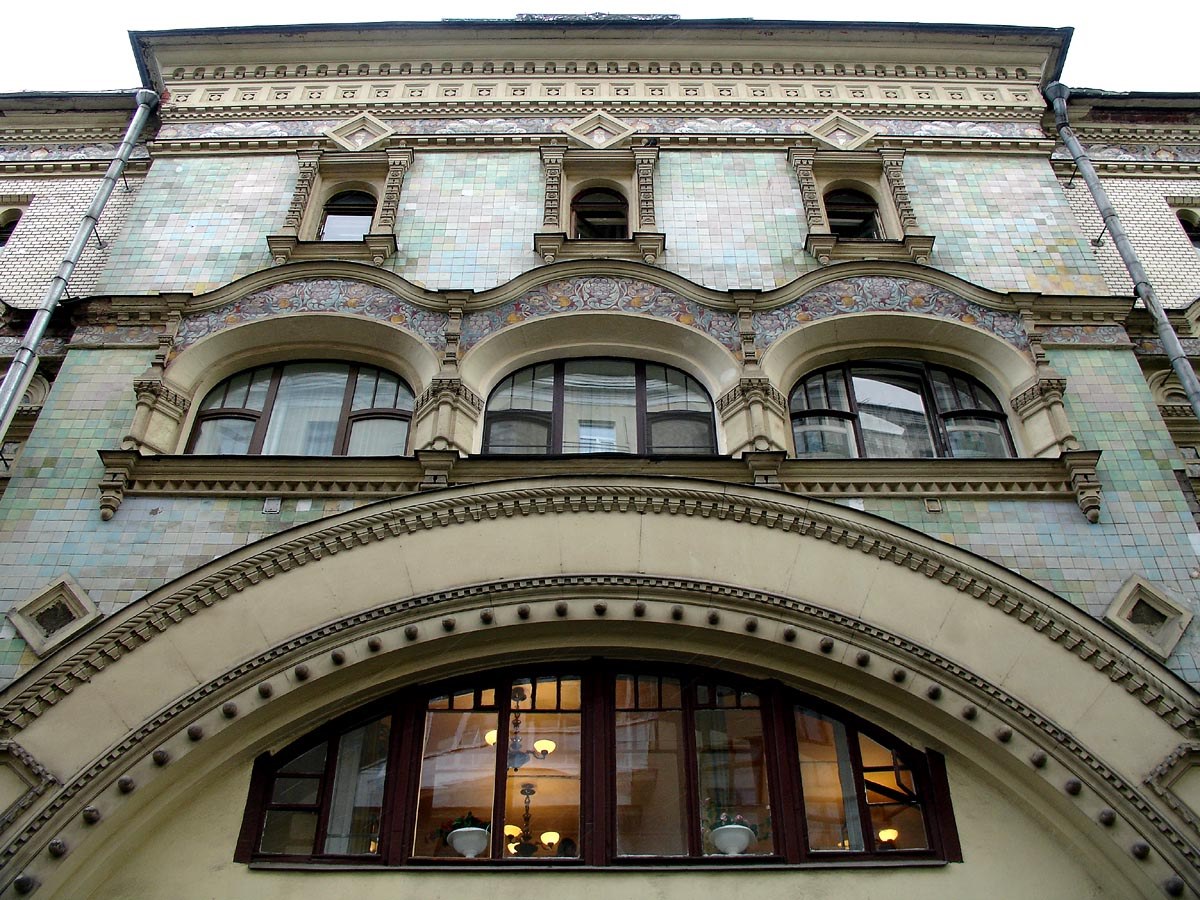
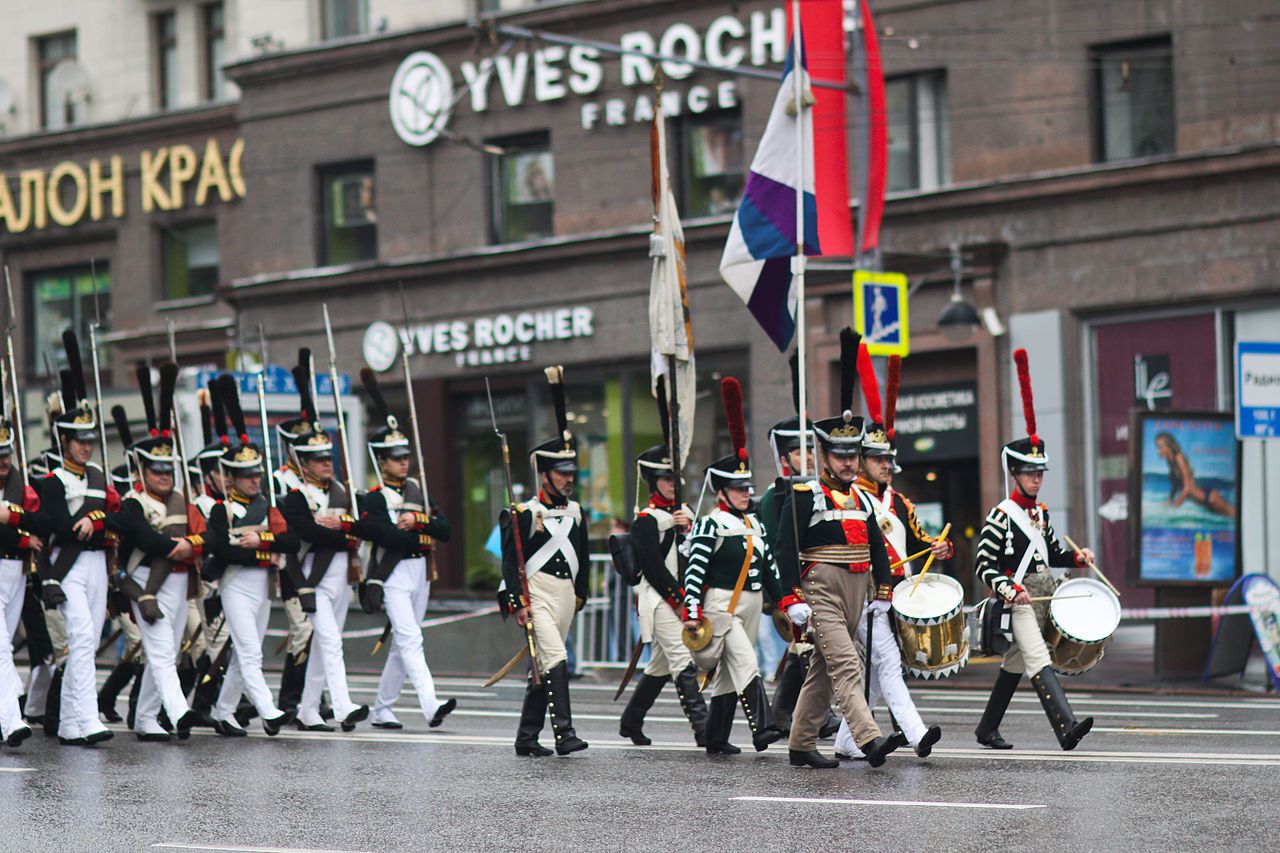
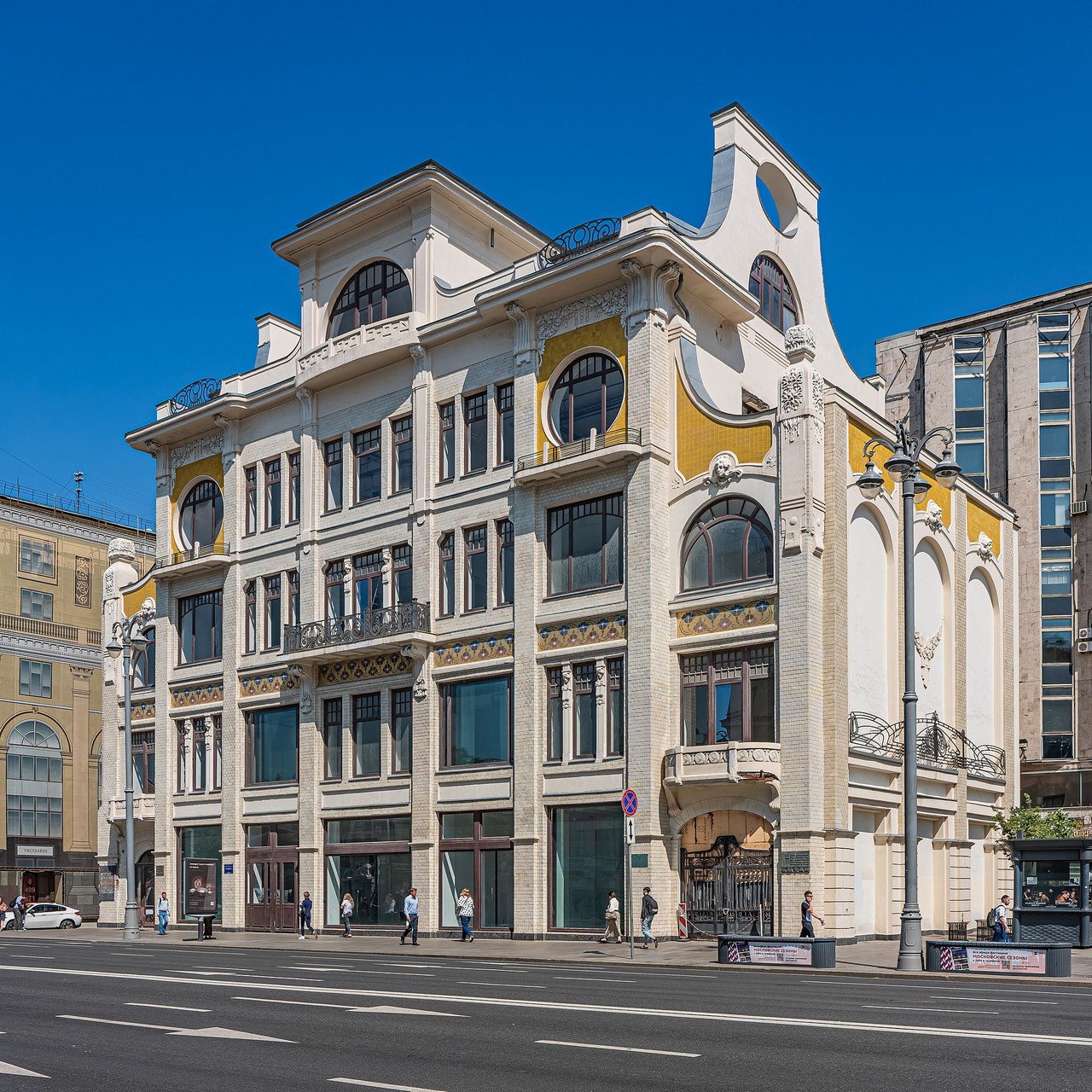
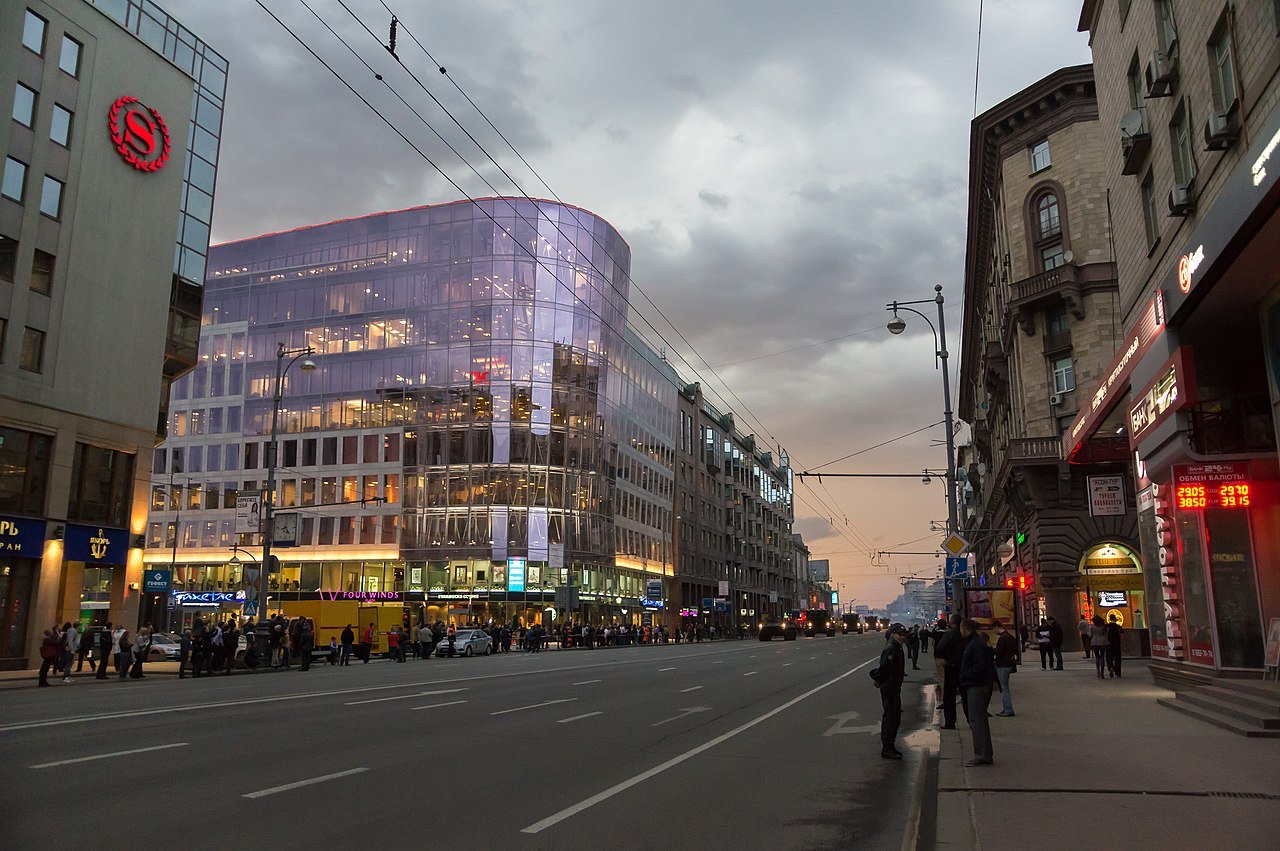
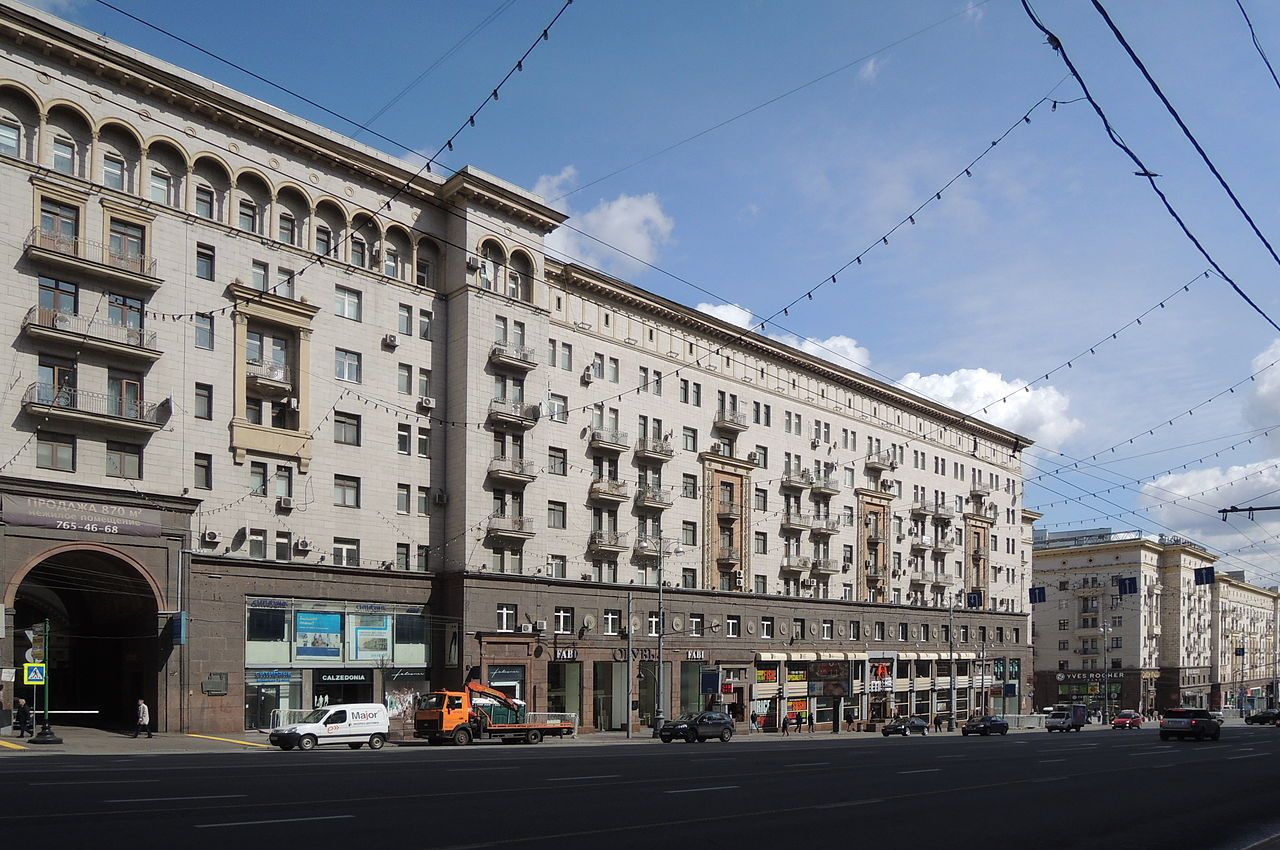
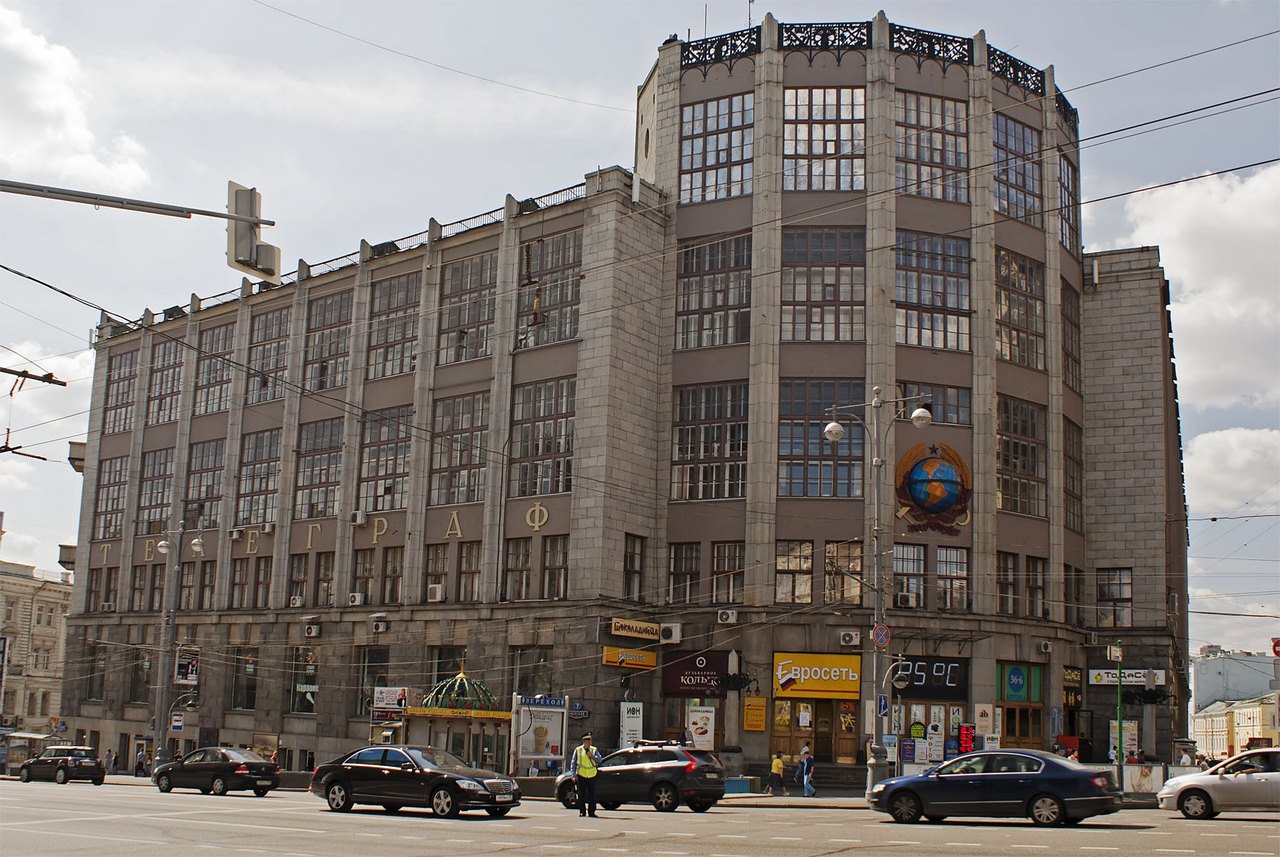
Video: Tverskaya Street
ContentsHistory of the street
It is believed that Tverskaya Street existed already in the 12th century, that is, it was laid at about the same time as the foundation of Moscow. Tverskaya appeared as a road connecting Moscow with Tver – hence the name. If you go straight ahead and don’t turn off, you can still get to Tver – the road hasn’t changed its route. But Tverskaya Street proper was called that section of the road, which was located between the Iversky Gate and the gate of the Zemlyaniy Gorod. Soon Novgorod joined the road route. The natives of Tver and Novgorod, who came to Moscow, founded their own sloboda on this street.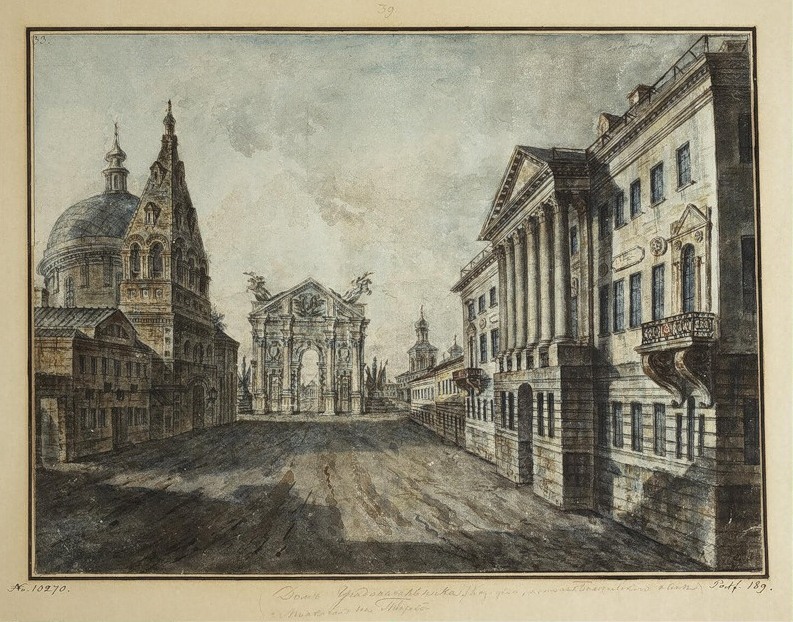
The elite status of Tverskaya has not been disputed since then. In the XVIII-XIX centuries, this street was the center of attraction for noble and wealthy residents and visitors to the city. The most expensive stores were built here, respectable houses and hotels were erected. Partly this status was connected with the historical significance of Tverskaya – after all, it was here that the richest and most noble people of the city lived, and partly with the fact that it was along this street that the tsars from St. Petersburg entered the Kremlin.
.In 1792, Tverskaya Square was laid out. Its main purpose was to hold mass events: parades, processions. The place for the square was not chosen by chance – it was established on the site of the palace of the princes Dolgorukov, right in front of the house of the governor-general. Now on Tverskaya Square there is a monument to the founder of Moscow – Yuri Dolgorukov.
.Tverskaya Street has often acted as a pioneer when it comes to new and promising technologies. Thus, it was one of the first streets to be completely asphalted. This happened in 1876. And during the electrification of Moscow, Tverskaya was provided with electricity in the first place.
.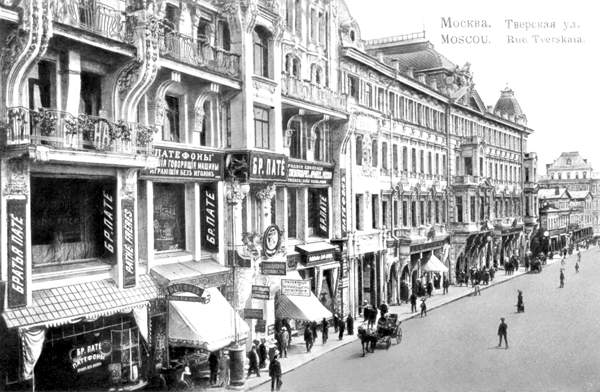
In the early years of Soviet power, it was decided not to widen Tverskaya, but to add a doubler street through a vacant lot. But the plan was not the most successful, so in the 1930s they decided to widen the street. The main problem was not so much widening as preserving the architectural heritage. As a result, the street was widened by 40 meters, preserving the most valuable buildings. The builders demolished the even and odd sides of the street, orienting themselves on where the more important architectural monuments stood.
.
By the end of the Soviet period, Tverskaya Street was a vivid example of historical eclecticism: pre-revolutionary buildings and Stalinist Empire, residential houses of the XV-XVIII centuries and Soviet shopping rows, as well as modern hotels were mixed here. In 2016-2017 the whole street was brought to a more or less unified look, at the same time making landscaping.
.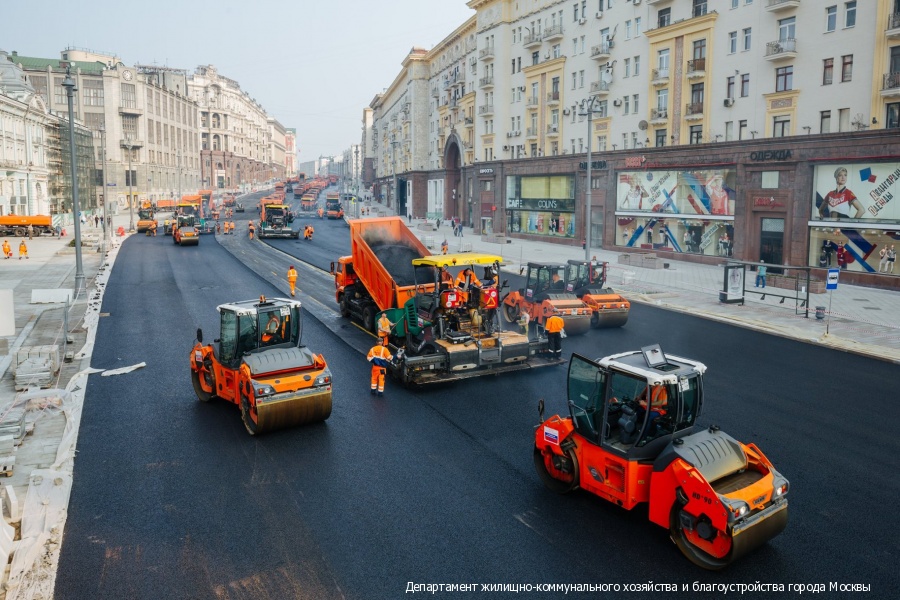
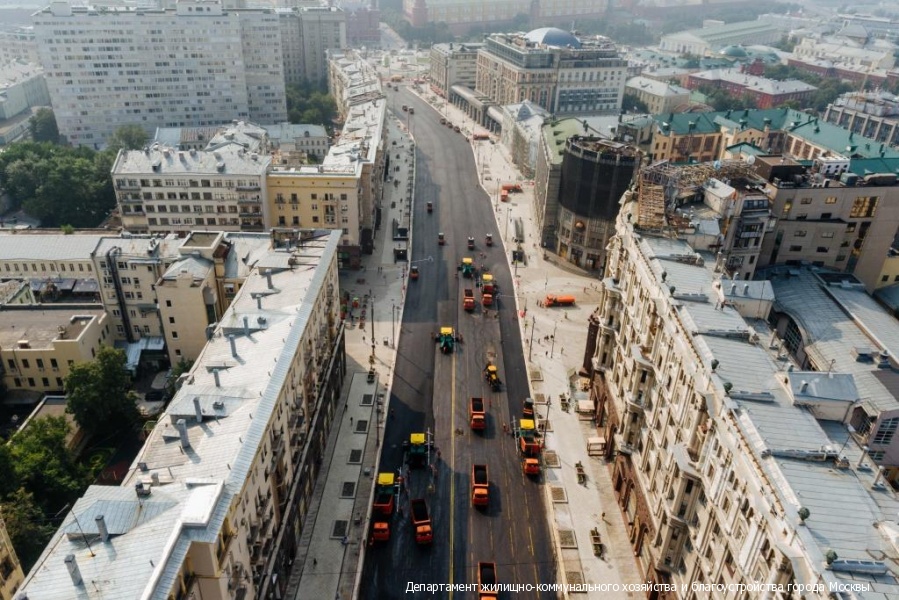
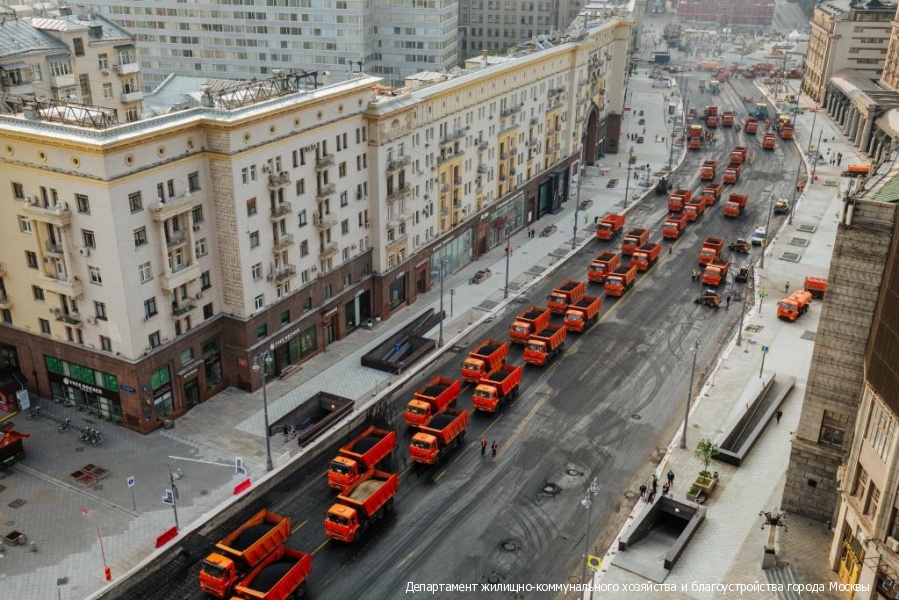
Now there is not only good asphalt and wide pedestrian zones, but also free Wi-Fi and points for charging devices. Tverskaya Street is illuminated by lanterns decorated with reconstructions of historical plafonds from the 1930s and 1940s. A nice bonus that is not immediately apparent is the concealment of wires. On Tverskaya, all the wires are hidden in the technical sewer, and trolleybuses don’t run here anymore. It seems like a small thing, but it greatly improves the impression of the street.
.Sights of Tverskaya Street
Unfortunately, many of the notable buildings mentioned in history and literature have not survived. For example, there were about five churches on Tverskaya Street that were admired by the residents – there is a brief mention of them even in “Eugene Onegin” – but they were all destroyed during the revolution. The widening of the street was not without sacrifices either – some of the historic houses had to be demolished, saving instead those that were considered more valuable. However, even with all the losses, Tverskaya Street can offer a lot of interesting things, and not only from the past centuries. There is a lot of Soviet architectural heritage here, so all connoisseurs of Stalinist Empire simply need to visit Tverskaya!
.Hotel “National”
“National” can safely boast a rich history. In 1900 Varvarinsky joint-stock company of homeowners came up with an ambitious initiative – to create a fashionable hotel in the center of the city. The project was realized by architect Alexander Ivanov, who created drawings of the building in Art Nouveau style. The hotel building was decorated with stucco, ceramic tiles, majolica with the image of Apollo surrounded by muses. The technical equipment was also on top: elevators (a gimmick at that time), waterclosets (familiar to us toilets), telephones were installed here. Zinaida Gippius and Nikolai Rimsky-Korsakov, Anna Pavlova and Dmitry Merezhkovsky stayed here. The fashionable hotel was a huge success.
.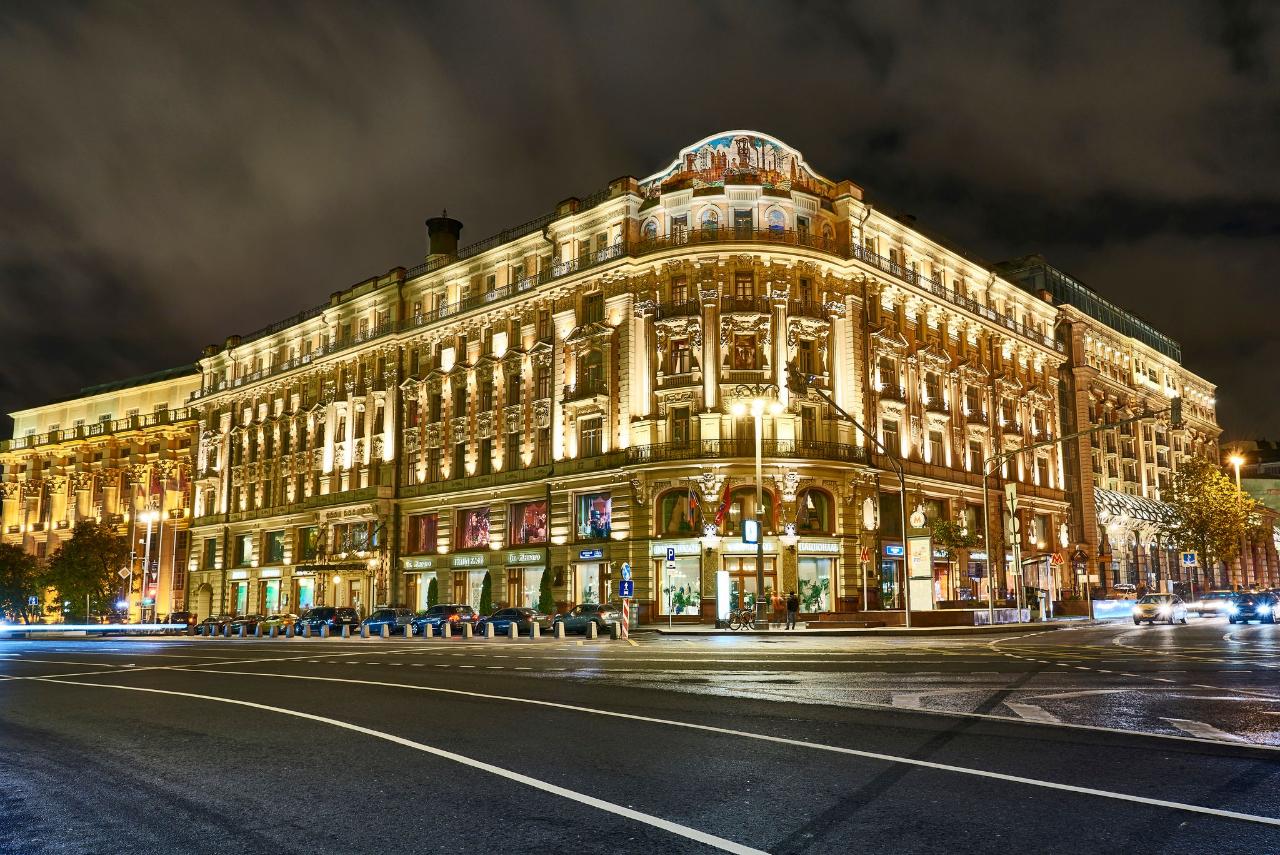
Before the Ritz-Carlton, other hotels were located here. Just before the construction of the new hotel here was the famous “Intourist” – a hotel with 450 rooms. Even before “Intourist” – “Paris”, where Nekrasov liked to stay. “Paris” was demolished during the Soviet reconstruction of Tverskaya Street.
.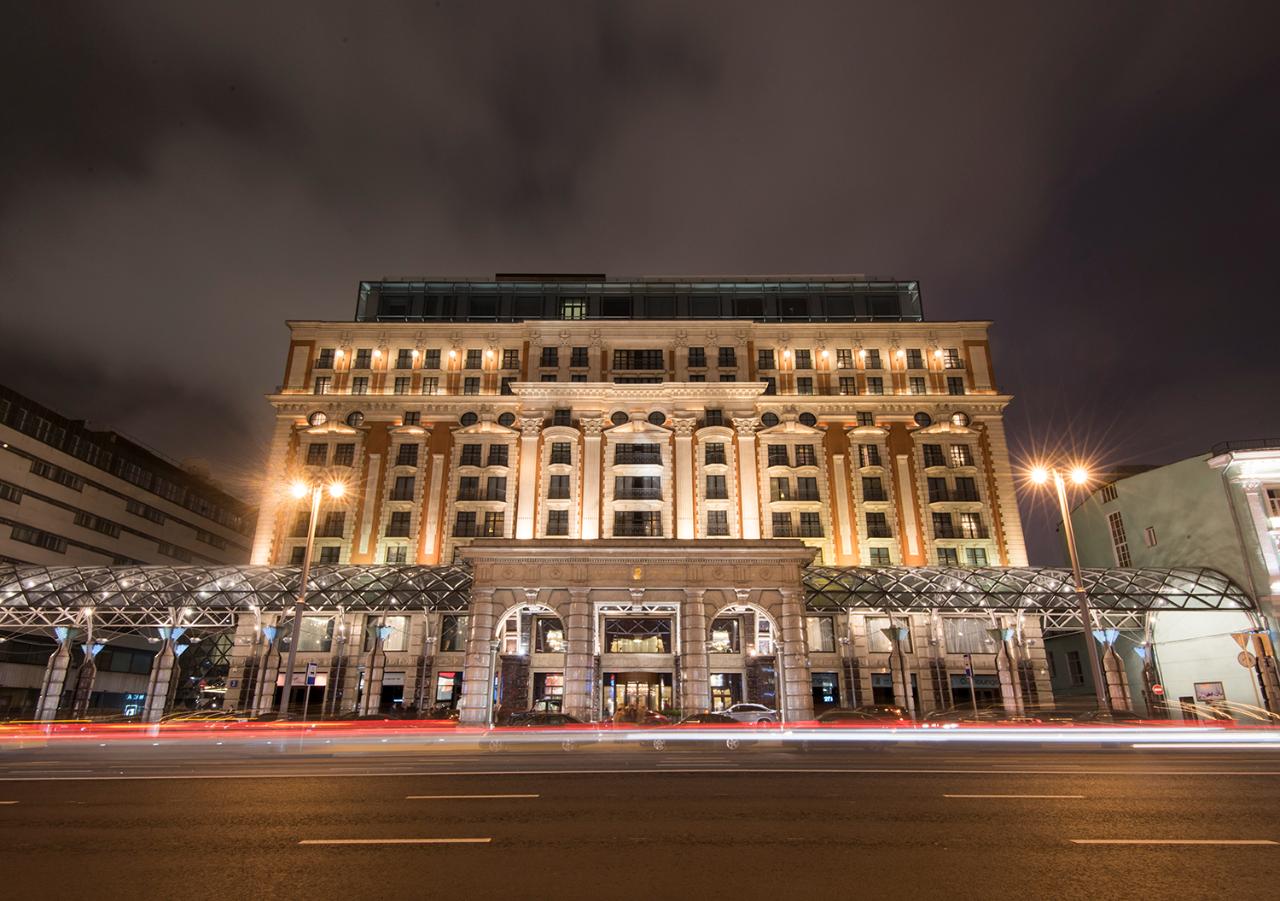
Central Telegraph Building
Perhaps the name Ivan Rerberg is vaguely familiar to you, or maybe you are well acquainted with the works of this architect. Rerberg was one of the significant Soviet architects who represented rationalism and constructivism. The Central Telegraph building is one of his most important works along with the Kiev Railway Station.
.
Secondly, Orlov had some problems with the authorities. They suggested writing on the pedestal: “To the founder of Moscow from the Soviet government”. Orlov was categorically against it and, surprisingly enough, defended his point of view.
>
Of course, the sculpture does not convey the external features of the prince – the fact is that his reliable images simply have not survived. So the sculptors had complete freedom of imagination; they decided to depict the collective image of a bogatyr on horseback. On the shield of the prince is depicted St. George the Victorious – the ancient heraldic sign of Moscow. In the upper part of the pedestal you will see carvings imitating the ornaments of St. George’s Cathedral in Yuryev-Polsky, one of the most famous monuments of Old Russian architecture. Be sure to examine the ornamentation on the pedestal. There you will find many interesting details, for example, mythological characters – the bird Sirin, centaurs.
.Before the monument to Yuri Dolgoruky on this place stood a monument to General Skobelev. By the way, at the time of the monument’s installation, the street was called not Tverskaya, but Sovetskaya (from 1918 to 1993).
.
Residential building No. 9
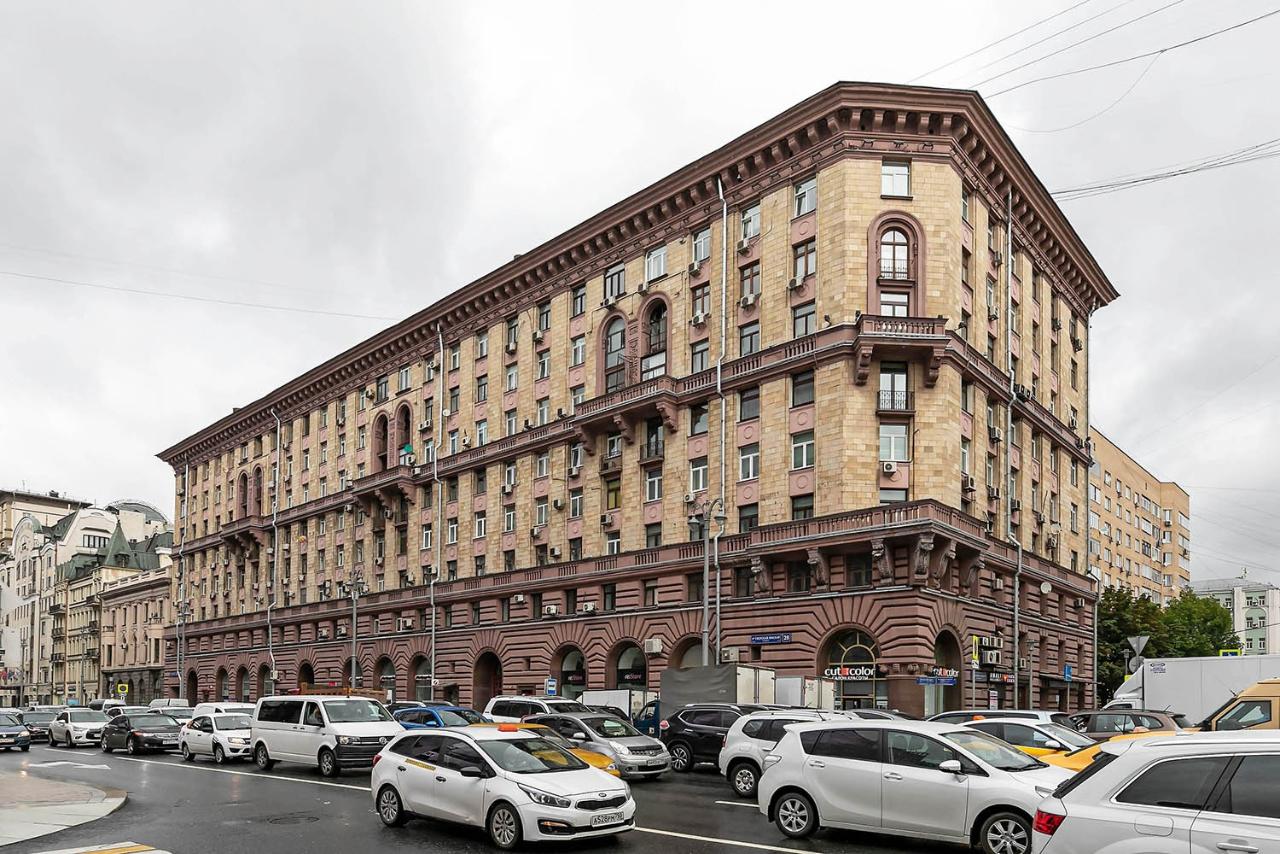
Trolleybuses do not run here, and of the bus routes run: e30, m1, m40, n1 and n12. By the way, if you decide to walk along Tverskaya from north to south, get off at “Mayakovskaya” and do not miss the monument to the great poet, located on Triumfalnaya Square, right before the exit from the subway.
.
